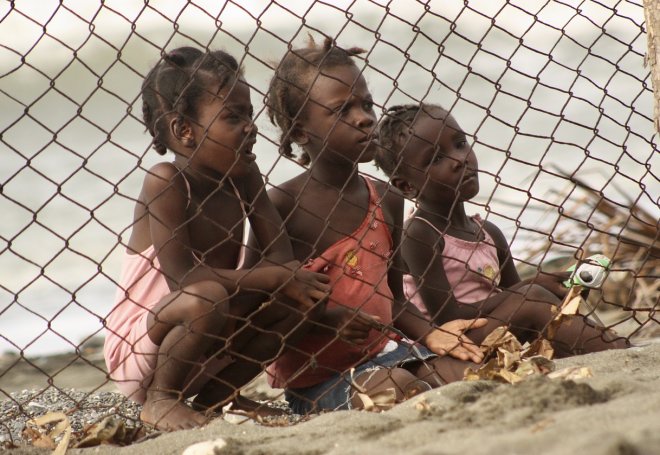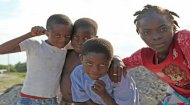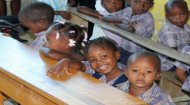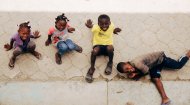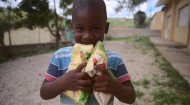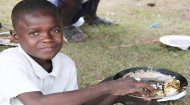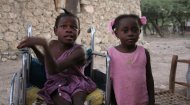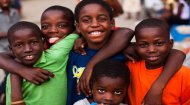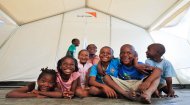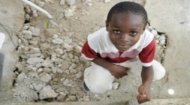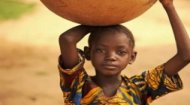| 
|
Child Sponsor Haiti | Child Sponsor Haiti | Child Sponsor Haiti | Child Sponsor Haiti |
|
|

 11% of the entire population of the capital Port au Prince were killed in the tragedy and one and a half million were displaced. Half of all Haiti schools were destroyed in the earthquake along with all of the country's three universities. Although that event was now over a decade ago, even before it occurred, thousands of Haitian children were orphaned or abandoned by their parents with an estimated 440,000 children growing up without parental care. With 200,000 dead from the earthquake that number rose exponentially and many of those infants are still only teenagers or young adults today. This in a country where hundreds of thousands of children already worked in conditions similar to slavery with many engaged as domestics for wealthier families where they are frequently abused even having to sleep outdoors using cardboard for bedding. Other chidlren populate the roads selling wares, shining shoes or worse in a country where the literacy rate is about 61% (64.3% for males and 57.3% for females), significantly below the 90% average rate for Latin American and Caribbean countries. This is probably because around 375,000 children between the ages of 6 and 11 (one-third of this group) are not in school and few children ever complete their seconday education. Today Haiti is in a state of despair following the assassination of president Jovenel Moïse in 2021 with feral gangs taking control of the streets creating a serious humanitarian, political and security crisis. They gangs have control of airports and ports with violence common place forcing the displacement of more than 35,000 people since the beginning of 2024. Child sponsor programs in Haiti are as basic as simply trying to rebuild lives, providing shelter, food, substitute parental care, access to medical care and, where possible, supporting young people in attending school. You can help when you sponsor a child in Haiti. |
